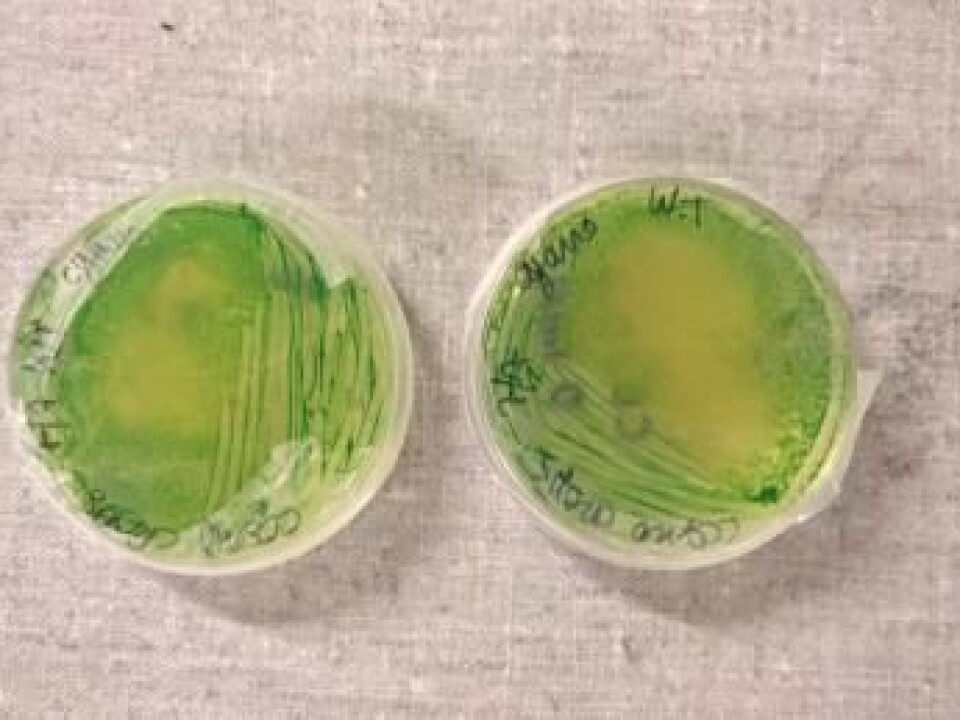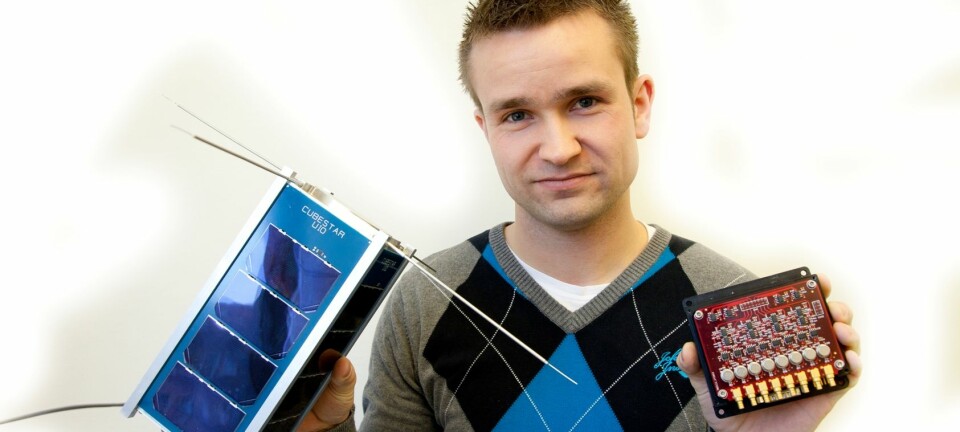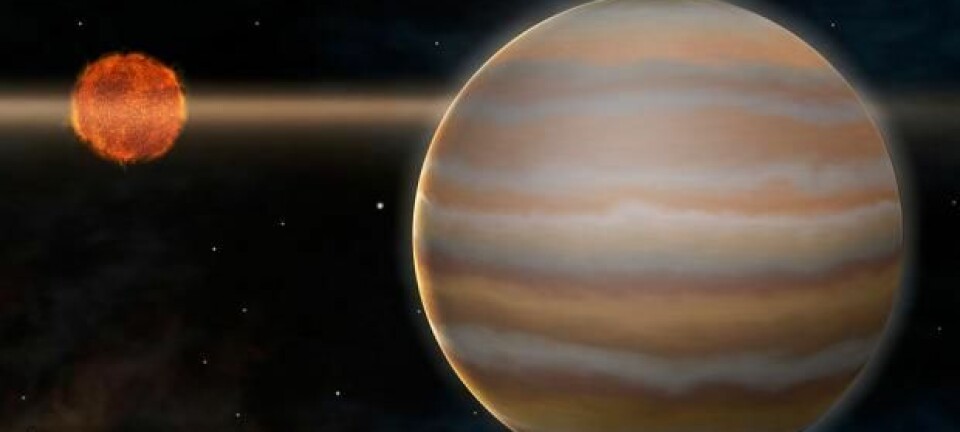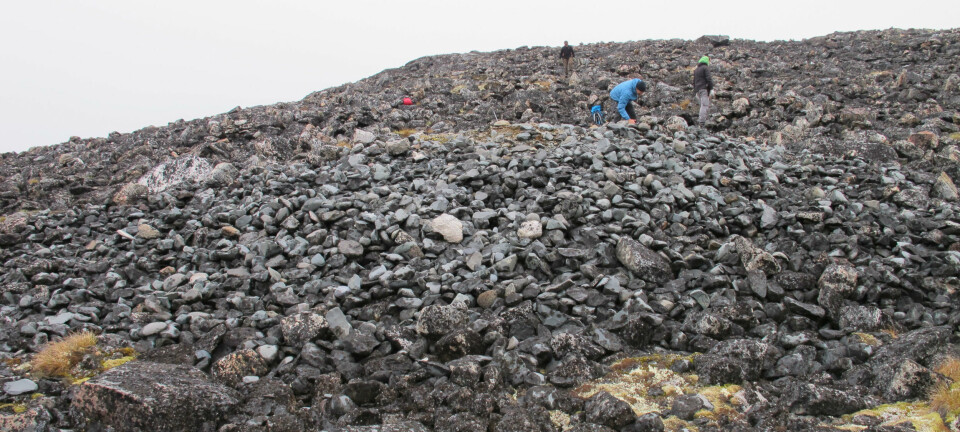
Space bacteria will produce dinner for Mars astronauts
A group of Danish university students are developing a simple and cheap way for astronauts to produce their own food on Mars.
Students from the University of Copenhagen, Denmark, may have a solution to one of the most vexing problems of space travel--it is still expensive to take lots of equipment onboard.
But bacteria could offer a solution. If programmed correctly, these single celled organisms could produce the basic elements of everything that astronauts need in space, from screwdrivers to hamburgers.
The method is not yet ready to take on-board a spaceship but the idea is fantastic, says Professor Kai Finster from Aarhus University, Denmark, who also studies planetary biology.
“But when you’re 50 million kilometres away from the Earth, you really want to be sure that it works. There are still lots of phases to test before it becomes a reality, but the students have come a long way and it’s really good,” says Finster.
Bacteria and a 3D-printer makes a space-screwdriver

“Our bacteria will help to make Astronauts baggage lighter,” says Joachim Larsen, who is one of the students behind the research project, ‘CosmoCrops’.
Their new technique combines bacteria with 3D printing that would enable astronauts to produce various types of equipment as and when they needed it in space.
“If you need a screwdriver, then you can grab a Petri dish filled with bacteria that can make bio-plastics and place the bacteria in a bio-reactor, where the sugar-producing cyanobacteria is already present. The bio-plastic bacteria use the sugar from cyanobacteria to produce bio-plastics that can then be used in a 3D-printer. And voila, you have your screwdriver,” says Larsen.
Bacteria also make food
In theory, the bacteria can produce anything, even food, says Larsen.
“So long as you know the synthetic path and the chemical recipe for what you want the bacteria to produce, then in principle they can make anything, including food and medicine,” he says.
But we should not expect the bacteria to produce a ready-made burger, Star Trek style. The bacteria can produce the different carbohydrates, fats and vitamins, but astronauts will still need to get in the kitchen to produce something edible.
But in principle, says Larsen, the first people to land on Mars could develop the cells needed in this way.
“We will probably have established a laboratory on Mars, so it will be easy to engineer new bacterial species or eventually fungi, which may be more suitable. So astronauts could produce their own raw ingredients as they're needed,” he says.
Sunlight and CO2 make a screwdriver
The space bacteria are genetically modified versions of a special type of bacteria, the photosynthetic cyanobacteria Synechococcus elongatus, and another common bacteria, Bacillus subtilis. The two species work together in a so-called co-culture, where one depends on the other.
“Cynobacteria produce sugar from sunlight and CO2, and Bacillus subtilis then use it to produce whatever we want,” says Larsen.
In principle, the process can run on and on, producing whatever it is that the astronauts need on demand. And it could also have impacts for food production here on Earth.
But there are still a number of obstacles to overcome. Such as, choosing the bacteria that could survive in space. For this, Larsen and his team are testing the bacteria at extreme temperature and UV-exposure to discover which species can cope best with the extreme conditions of space.
“We hope that we can produce a well functioning co-culture by October 2016, but it will probably take a year and half before we have a living, sustainable space bacteria,” say Larsen.
Challenges yet to be solved
Finster points out a couple of other challenges that the students will need to address before they can start making screwdrivers or food in space.
“To use cyanobacteria as a raw material and energy for the next step of synthesis is a good idea. But the challenge will lie in finding a suitably fast production process,” says Finster.
Sunlight on Mars is less intense than on Earth, and the students will need to take that into account too, he says.
-------------
Read the Danish version of this article on Videnskab.dk
Translated by: Catherine Jex











